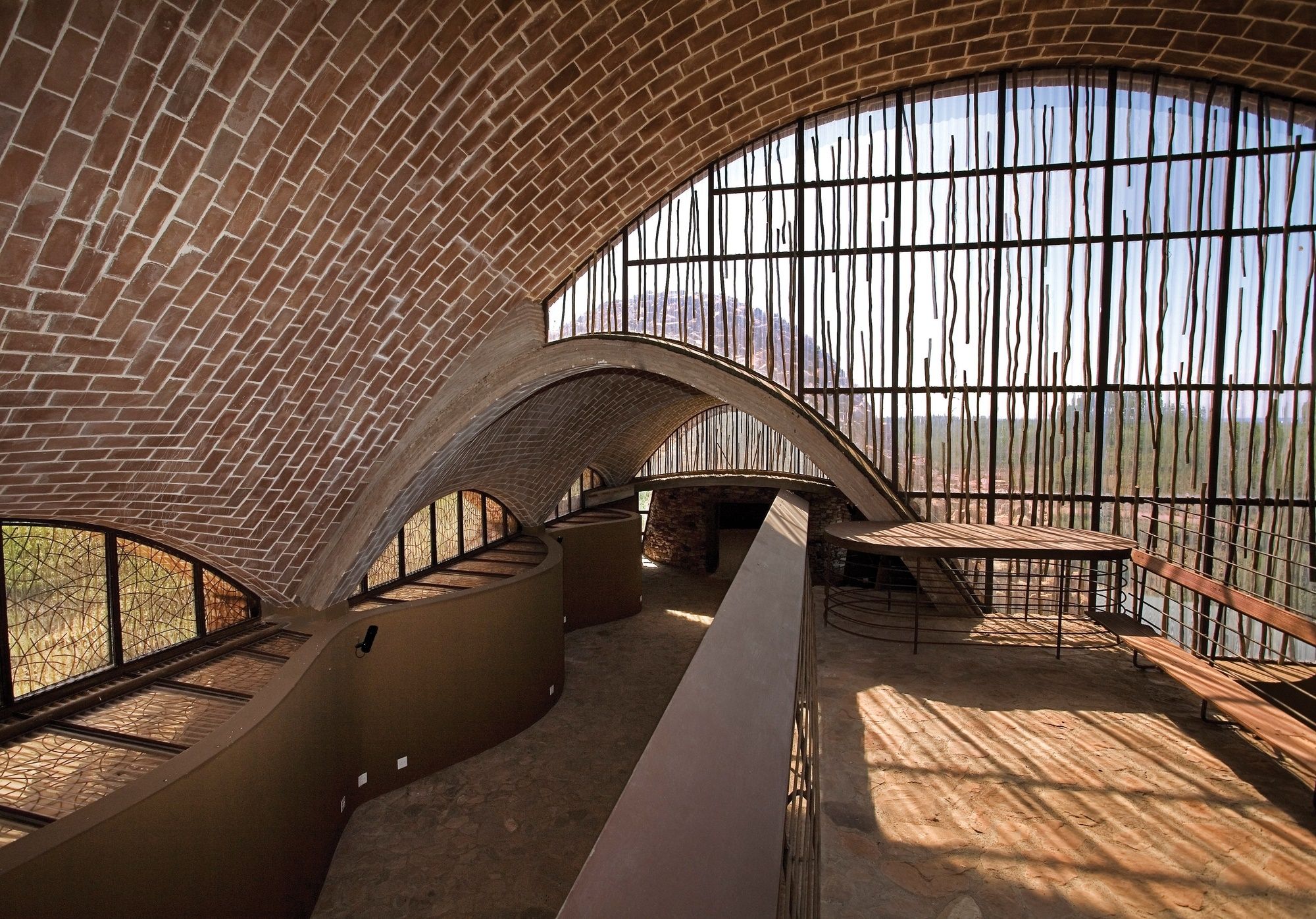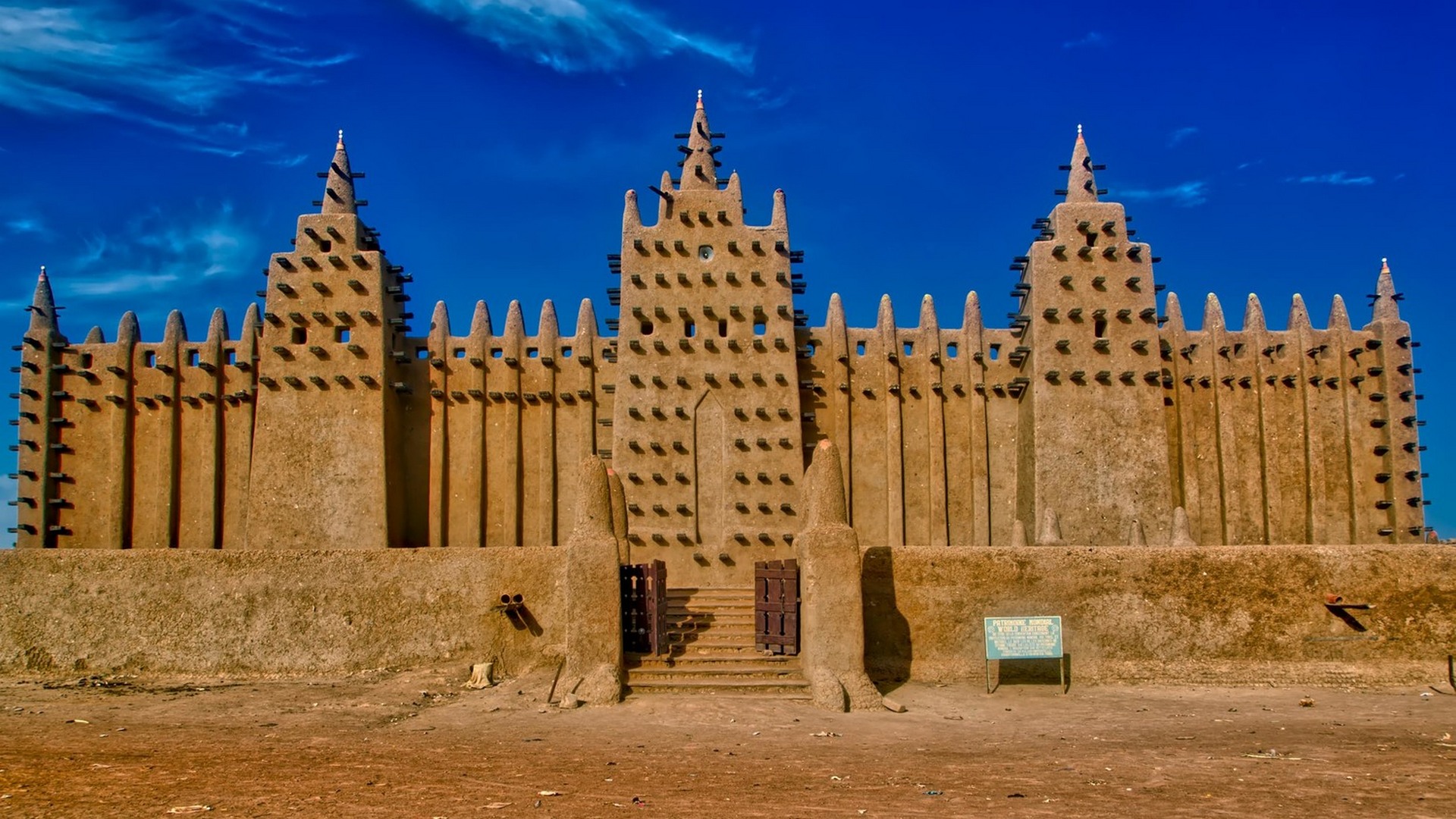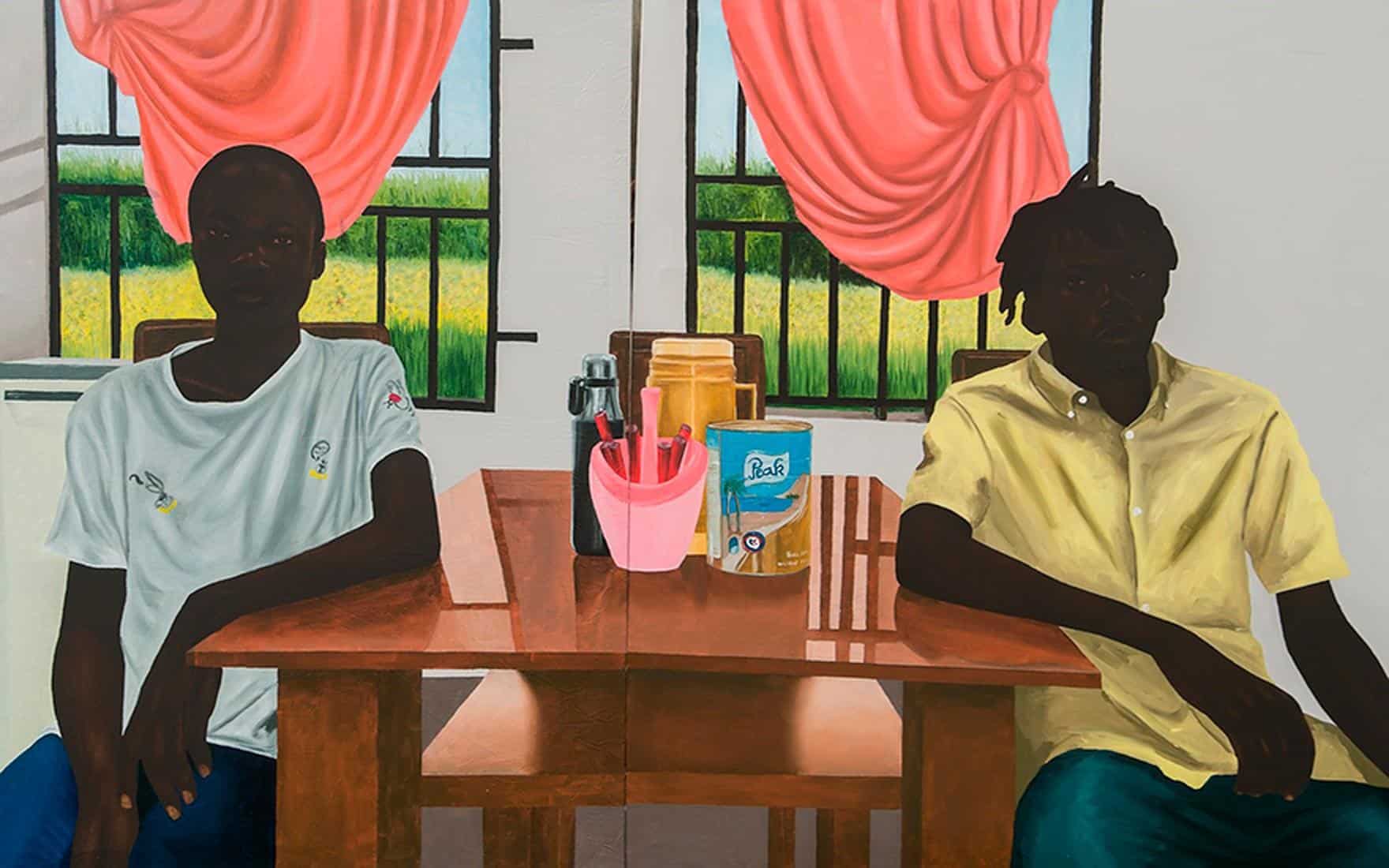World Architecture Day: Africa’s Innovative Architectural Marvels
A Brief History of World Architecture Day
Since its inception, World Architecture Day has been a veritable feast for the senses, an annual celebration of the awe-inspiring structures that grace our planet. Conceived to raise awareness about architecture’s vital role in society, the event is a glorious tribute to the boundless creativity and ingenuity of human endeavour.
An Overview of African Architecture
From the sun-baked plains of the Serengeti to the bustling metropolises that dot the continent, Africa is a land of contrasts. This rich tapestry extends to its architectural heritage, which effortlessly weaves together traditional and contemporary styles to create a unique aesthetic.
In this journal, we shall embark on a journey to explore Africa’s innovative architectural marvels, delving into their history, significance, and the groundbreaking techniques that have propelled them to the forefront of global design.
Traditional African Architectural Marvels
The Great Zimbabwe
Nestled among the verdant hills of southeastern Zimbabwe, the Great Zimbabwe ruins are a testament to the architectural prowess of a long-lost civilization. At its zenith in the 13th century, this sprawling metropolis was home to over 18,000 inhabitants, making it the largest city in sub-Saharan Africa.
Constructed from intricately carved granite blocks, the Great Zimbabwe’s crowning glory is the majestic Great Enclosure. This awe-inspiring structure boasts towering walls up to 36 feet high, a testament to the skill and ingenuity of its builders.
The Pyramids of Egypt
The ancient pyramids of Egypt, synonymous with the enigmatic Pharaohs who commissioned them, remain among the most enduring symbols of African architecture. These colossal monuments were feats of engineering that demanded sophisticated construction techniques, such as the use of precise geometric calculations and the transportation of massive limestone blocks.
The Great Pyramid of Giza, the oldest and largest of the three, stands as an indelible testament to human ingenuity. With its precise alignment to the cardinal points, it is a veritable architectural marvel that has inspired generations of African architects.
The Rock-Hewn Churches of Lalibela, Ethiopia
Carved out of solid volcanic rock, the 11 monolithic churches of Lalibela, Ethiopia, represent a staggering feat of engineering and devotion. Constructed during the 12th and 13th centuries, these sacred sanctuaries were hewn directly from the living rock, their intricate designs painstakingly chiseled by skilled artisans.
Each church, an architectural masterpiece in its own right, is a testament to the spiritual and cultural significance of these sacred spaces in Ethiopian society.
Contemporary African Architectural Marvels
The Great Mosque of Djenne, Mali
In the heart of Mali, the Great Mosque of Djenne stands as a monument to the sublime fusion of traditional African and Islamic architectural styles. Built in the 13th century and reconstructed in 1907, the mosque’s earthen walls are adorned with protruding wooden beams, which serve both as structural support and scaffolding for maintenance.
The Great Mosque, a UNESCO World Heritage site, is the epicenter of community life in Djenne, where devotees gather for daily prayers, markets bustle with activity, and cultural events enliven the town square.
Zeitz MOCAA, Cape Town, South Africa
In the shadow of Cape Town’s iconic Table Mountain, the Zeitz Museum of Contemporary Art Africa (MOCAA) is a sterling example of adaptive reuse. Once a historic grain silo, the building has been transformed into a world-class institution that showcases the best of African art and culture.
Designed by British architect Thomas Heatherwick, the Zeitz MOCAA blends industrial heritage with innovative architectural design. The centerpiece of the museum is a soaring atrium, carved out of the silo’s former grain storage chambers, creating a cathedral-like space that inspires awe and reverence for the continent’s rich artistic heritage.
Mapungubwe Interpretation Centre, South Africa
Nestled in the heart of the Mapungubwe National Park, the Mapungubwe Interpretation Centre is a shining example of sustainable design principles. Designed by Peter Rich Architects, the center employs local materials, such as rammed earth and timber, to create a structure that harmonizes with its natural surroundings.
The center’s design incorporates traditional architectural techniques, such as the use of vaulted ceilings, to create a series of self-supporting, energy-efficient structures. This innovative approach has garnered international acclaim, including the prestigious World Building of the Year award at the 2009 World Architecture Festival.

Emerging Innovative Architectural Marvels in Africa
The Kigali Innovation City, Rwanda
The Kigali Innovation City, a pioneering urban development project in Rwanda, seeks to establish a sustainable, technology-driven hub that will propel the nation into the future. Envisioned as a model for green architecture and technology, the city will incorporate cutting-edge design principles, such as energy-efficient buildings, green spaces, and advanced transportation systems.
By fostering innovation and collaboration, the Kigali Innovation City aims to become a vibrant ecosystem that nurtures and supports Africa’s brightest minds in their quest for sustainable solutions to the continent’s most pressing challenges.
The Konza Techno City, Kenya
Dubbed “Africa’s Silicon Savannah,” the Konza Techno City is a bold vision for a smart city in Kenya. With its focus on innovation and sustainability, the city aims to become a global technology hub, attracting investment, talent, and cutting-edge research.
The master plan for Konza Techno City incorporates design strategies that prioritize energy efficiency and social integration. By seamlessly blending work, play, and living spaces, the city aims to foster a sense of community and promote collaboration among its residents.
The Floating School, Lagos, Nigeria
In the bustling megacity of Lagos, Nigeria, the Floating School stands as a testament to human ingenuity in the face of urbanization and climate change. Designed by Nigerian architect Kunlé Adeyemi, the innovative structure is a response to the growing challenges faced by the city’s waterborne communities.
Constructed from locally sourced materials, the Floating School is designed to adapt to changing water levels, ensuring that its students can continue their education even as their environment shifts around them. This visionary project is a bold example of resilience and adaptability in African architecture.

A Recap of Africa’s Innovative Architectural Marvels
From the awe-inspiring pyramids of Egypt to the cutting-edge Kigali Innovation City, Africa’s innovative architectural marvels are a testament to the continent’s rich heritage and boundless creativity. These structures, both ancient and modern, stand as a reminder of the indomitable spirit of human ingenuity.
The Importance of Innovation in African Architecture
Innovation in African architecture is essential for addressing social, environmental, and cultural challenges that the continent faces. By developing sustainable solutions and embracing new technologies, African architects are crafting a vibrant future for the continent and its people.
A Call to Action: Celebrating and Supporting Africa’s Architectural Innovations
To ensure the continued growth and success of Africa’s architectural innovations, it is crucial to encourage local and international collaboration, invest in education and research, and foster an environment that nurtures creativity and resilience.
As we celebrate World Architecture Day, let us not only marvel at Africa’s architectural wonders but also pledge our support for the trailblazing architects who are shaping the continent’s future, one breathtaking structure at a time.
FAQ
Q: What day is National Architecture Day?
A: National Architecture Day is not universally celebrated on the same day in every country, as each nation may choose to commemorate it on a specific date that holds local significance. However, World Architecture Day is generally celebrated on the first Monday of October every year.
Q: Is there an Architect Day?
A: Yes, there is an Architect Day, which is celebrated on various dates in different countries. For instance, in India, Architect Day is celebrated on April 1st in honor of the Indian architect Balkrishna Vithaldas Doshi, whereas, in Brazil, it is celebrated on December 15th to commemorate the birth of renowned Brazilian architect Oscar Niemeyer.
Q: What was the theme of World Architecture Day?
A: The theme of World Architecture Day varies each year, as it is determined by the International Union of Architects (UIA) to highlight specific issues or challenges in the field of architecture. As the knowledge cutoff for this text is in September 2021, the most recent theme available is for 2021, which was “Healthy Environments, Healthy Communities, Healthy World.” For 2023, the theme is “to appreciate the great architectural works of the ancient and modern worlds and the super brilliant people who design them”.
Q: Which country is no 1 by architecture?
A: It is difficult to definitively rank countries by architecture, as each nation boasts its unique architectural styles and achievements. Some countries, such as Italy, Spain, Japan, and the United States, are often recognized for their architectural prowess due to their rich history and contributions to the field. However, African nations, as discussed in the essay, also showcase a wealth of innovative architectural marvels that hold their own on the world stage.
Q: What is National Architecture Week?
A: National Architecture Week is a week-long celebration organized in various countries to raise awareness about the importance of architecture and its impact on society. During this week, various events and activities, such as exhibitions, lectures, workshops, and guided tours, are organized to engage the public and promote a greater understanding of architecture’s role in shaping our built environment. The dates for National Architecture Week vary by country and can be different every year.





 No products in the basket.
No products in the basket.